Rising Craft Beer Popularity
The increasing popularity of craft beer is a notable driver for the Malt Ingredients Market. As consumers seek unique flavors and artisanal products, craft breweries are expanding their offerings, which in turn boosts the demand for specialized malt ingredients. In 2025, the craft beer segment is projected to account for approximately 25% of the total beer market, indicating a substantial growth trajectory. This trend encourages malt suppliers to innovate and diversify their product lines to cater to the evolving preferences of craft brewers. The emphasis on quality and distinctiveness in craft beer production necessitates the use of premium malt ingredients, thereby propelling the Malt Ingredients Market forward.
Innovations in Brewing Technology
Innovations in brewing technology are reshaping the Malt Ingredients Market. Advancements in equipment and processes allow brewers to experiment with various malt types and combinations, enhancing flavor profiles and product quality. The introduction of automated brewing systems and precision fermentation techniques enables more efficient production, which can lead to increased demand for diverse malt ingredients. As brewers seek to differentiate their products in a competitive market, the need for innovative malt solutions becomes paramount. This trend is expected to drive the Malt Ingredients Market as brewers invest in high-quality malts that can elevate their offerings.
Health-Conscious Consumer Behavior
The shift towards health-conscious consumer behavior significantly influences the Malt Ingredients Market. As individuals become more aware of their dietary choices, there is a growing demand for malt ingredients that offer nutritional benefits. Products such as whole grain malts and those with lower sugar content are gaining traction among health-oriented consumers. In 2025, it is estimated that the market for health-focused malt ingredients will grow by 15%, reflecting the increasing integration of health and wellness trends into food and beverage production. This shift compels manufacturers to adapt their offerings, ensuring that malt ingredients align with the health aspirations of consumers.
Expansion of Non-Alcoholic Beverages
The expansion of non-alcoholic beverages is emerging as a significant driver for the Malt Ingredients Market. With a growing segment of consumers seeking alternatives to traditional alcoholic drinks, malt ingredients are being utilized in the production of non-alcoholic beers and malt-based beverages. This trend is indicative of a broader shift towards moderation and mindful consumption. In 2025, the non-alcoholic beverage market is expected to grow by 30%, creating new opportunities for malt suppliers to cater to this evolving demand. As manufacturers explore innovative formulations, the Malt Ingredients Market stands to benefit from this diversification.
Sustainability and Eco-Friendly Practices
Sustainability and eco-friendly practices are increasingly becoming focal points within the Malt Ingredients Market. As consumers demand transparency and environmentally responsible sourcing, malt producers are adopting sustainable practices in their operations. This includes the use of organic grains and environmentally friendly production methods. In 2025, the market for organic malt ingredients is projected to grow by 20%, reflecting the rising consumer preference for sustainable products. This trend not only enhances brand loyalty but also positions companies favorably in a market that values sustainability, thereby driving growth in the Malt Ingredients Market.
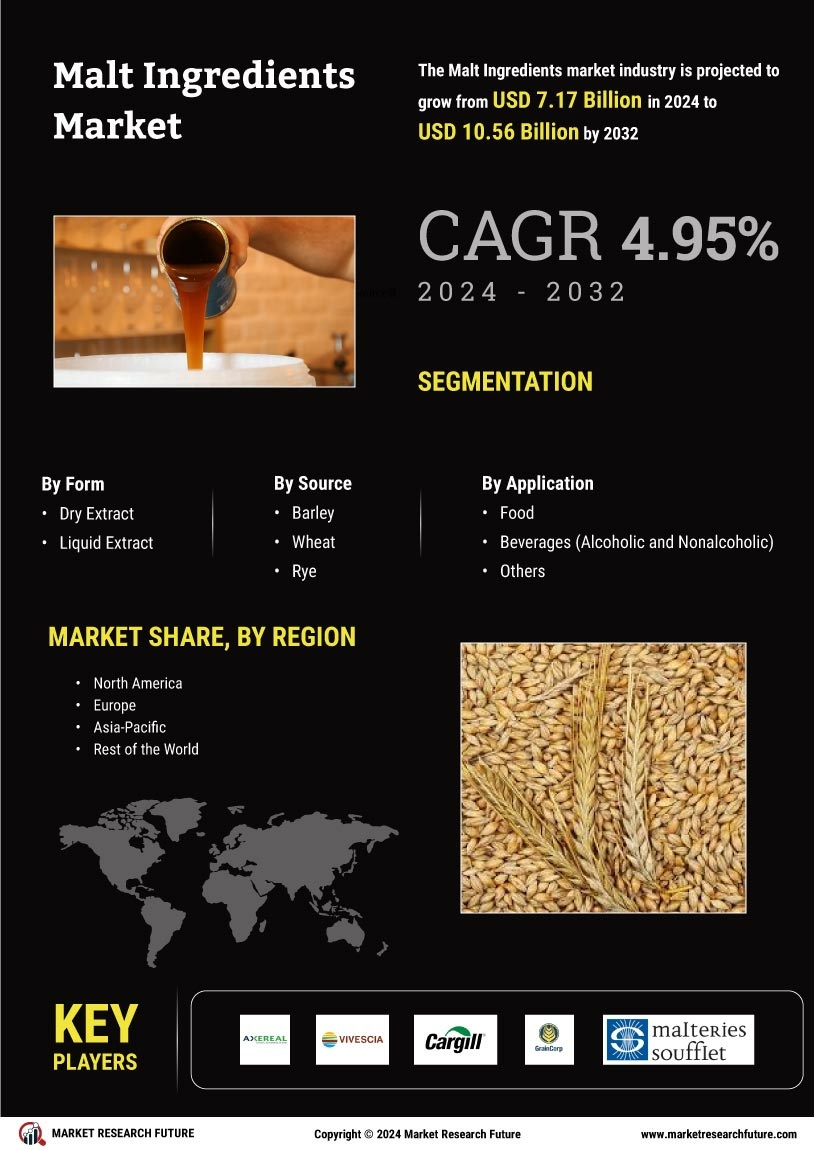

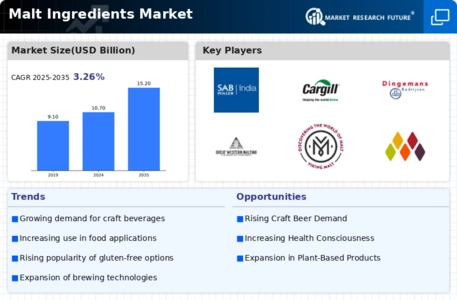
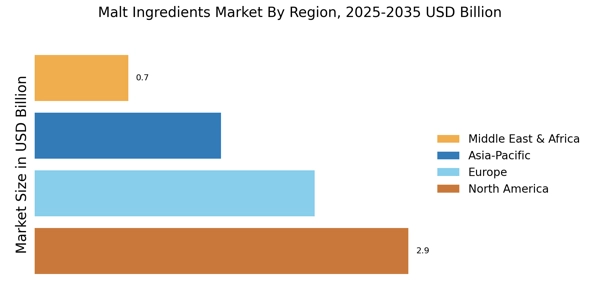
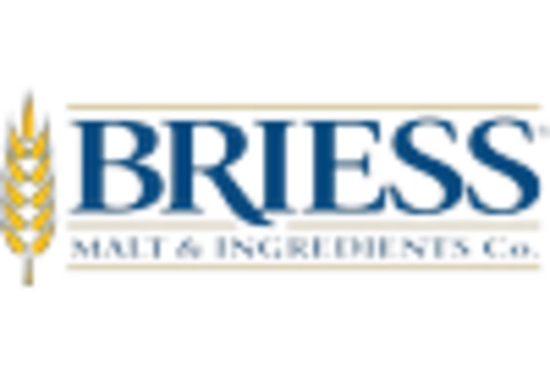
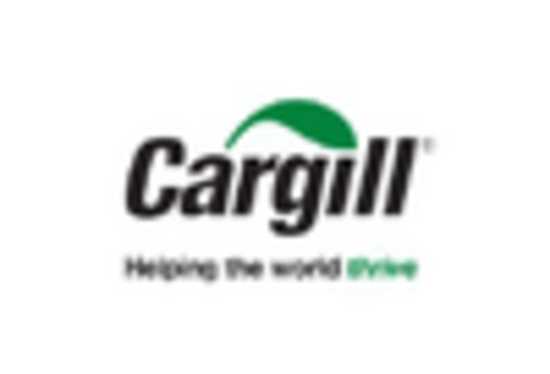
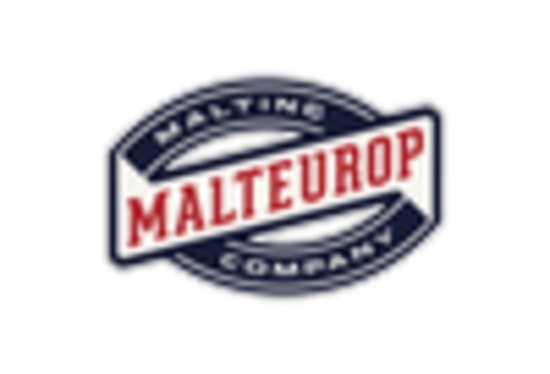











Leave a Comment